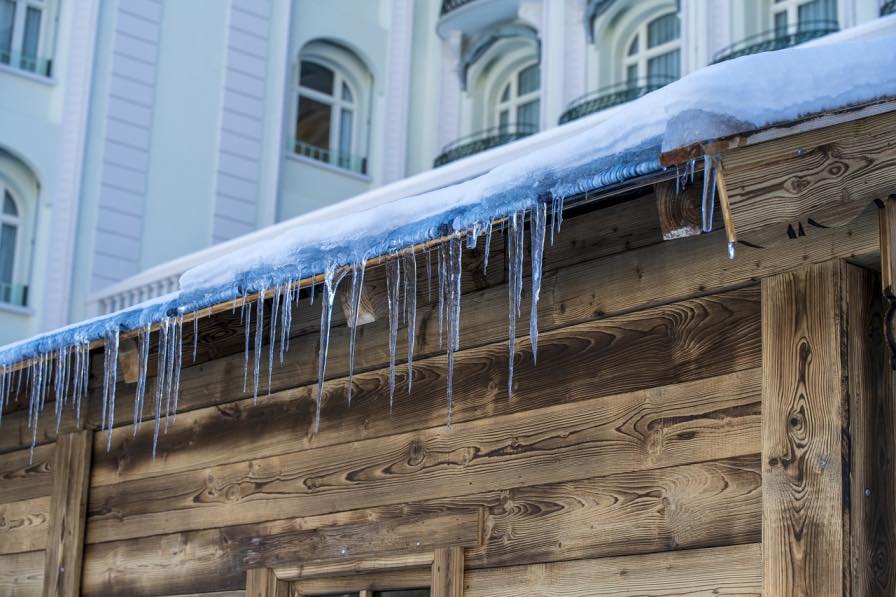Winter weather can be harsh. Exposure to inclement conditions like strong wind may result in branches and trees toppling, damaging your roof and other house parts. The wind may also blow leaves and other debris into the gutters, clogging the downspouts. This can negatively impact your home’s foundation and cause water leakage.
In addition, the freezing winter temperatures may lead to pipe blockage, increasing the risk of leaks, mildew, and mold. Preparing your home for winter can help prevent these issues. Here’s how to get your home ready for winter.
1. Prep the fireplace
Fireplaces are often used in winter. Before winter begins, inspect the chimney structure for missing mortar, cracks, and loose bricks and do the necessary repairs. Ensure the fireplace damper is in optimal working condition and that debris hinders its opening and closing. Get the chimney cleaned to eliminate waste and soot. For a gas fireplace, assess the glass covering for chips, holes, and cracks that may result in the dangerous gas escaping. Residential glass experts such as Van Isle Glass can help if the covering requires repair or replacement. You can also install a heatproof glass door to enhance your fireplace's energy efficiency.
2. Air seal your home
Air leakage happens when indoor air leaves and outdoor air enters your space uncontrollably via openings and cracks. Excess air may come in during winter, forcing your AC to work harder to ensure comfortable temperatures. This may lead to high heating costs. Weather stripping and caulking can help effectively air seal your home. Use weather stripping to seal moving components, including operable windows and doors. Caulking is the best option for openings and cracks between stationary home components like around window and door frames.
3. Clean your gutters
Failure to clean your gutters before winter leads to all the debris, water, and leaves in the eavestroughs freezing once temperatures drop. This means once the snow melts, the water won’t be able to move, forming ice dams and making water seep via the roof and causing roof damage and foundation issues. Cleaning your gutters in readiness for winter helps prevent sagging gutters, which can be unsightly. It’s also an excellent way to prevent ice dam formation, reducing the risk of leaks, water stains, and mold.
Dirty gutters are breeding zones for contaminants such as mold and mildew. As such, people prone to allergies or those with asthma can be affected by the rise of dangerous mildew and mold spores. Cleaning the gutters before winter helps lower the risk of such conditions.
4. Cut back tree branches
Winter can sometimes come with heavy snow; if an ice storm accompanies it, even strong and healthy tree branches might break under that weight. Ice-coated tree branches can be heavy and damage your roof or fall through, destroying your home interior. Cut back branches hanging over your home to prevent roof and structural damage.
5. Insulate water pipes
Cold winter temperatures can freeze water pipes, causing them to burst or crack. This may significantly damage your home or cause a big mess for you to clean. Insulating your water pipes keeps them from freezing and saves you from expensive plumbing repairs.
Endnote
Preparing your home for winter helps increase energy efficiency, reduce energy costs, and prevent property damage. Consider implementing these tips when getting your home ready for winter.





